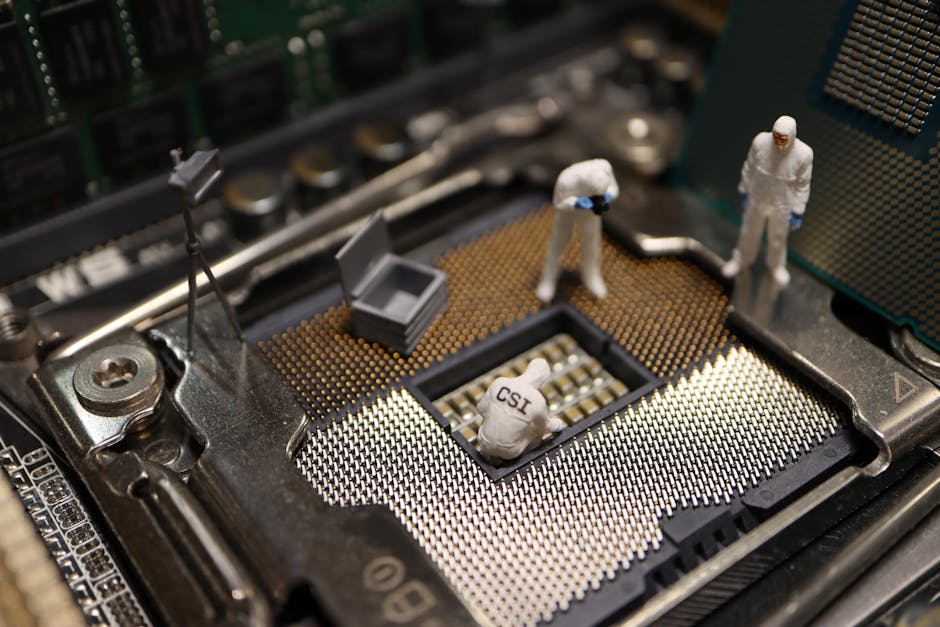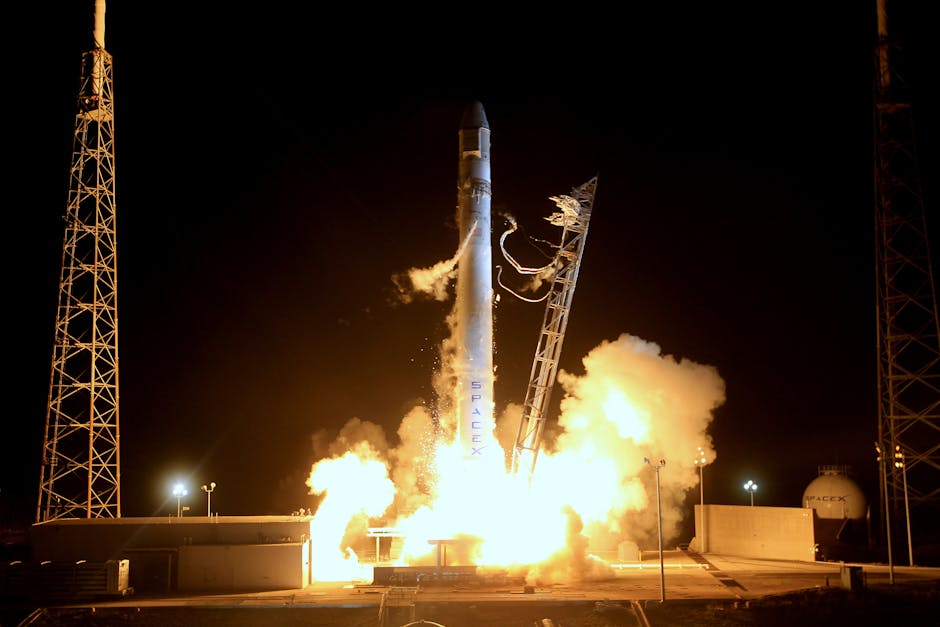Let’s talk about the GPT-5 Release Roadmap. OpenAI’s next-generation language model promises a significant leap forward in AI capabilities. We’re not just looking at incremental improvements; this is a potential paradigm shift, incorporating simulated reasoning models alongside traditional LLMs. This blend aims for a deeper understanding of context and more nuanced problem-solving, moving beyond simple pattern recognition. The GPT-5 Release Roadmap details a multifaceted approach, integrating various AI models to create a truly synergistic system.
Table of Contents
Furthermore, the GPT-5 Release Roadmap reveals a strategic approach to deployment. OpenAI plans tiered access, balancing accessibility with performance. This rollout strategy, alongside integration into both ChatGPT and the API, aims for widespread adoption. However, this accessibility also necessitates careful consideration of ethical implications and equitable access for all users. Understanding the GPT-5 Release Roadmap is crucial for anyone interested in the future of AI and its impact on our world.
We also Published
A Glimpse into the Future of AI with GPT-5
The whispers of a new dawn in artificial intelligence have reached a crescendo. OpenAI, the very name synonymous with groundbreaking advancements in the field, stands poised to unveil GPT-5, a marvel of technological ingenuity promising to redefine our interaction with machines. This isn’t merely an incremental upgrade; it represents a quantum leap, a paradigm shift in the capabilities of large language models (LLMs). The anticipation is palpable, a testament to the transformative potential of this forthcoming iteration. GPT-5 is not just another model; it’s a culmination of years of research, a synthesis of cutting-edge techniques, and a bold step towards a future where AI seamlessly integrates into the fabric of our lives. The integration of simulated reasoning (SR) models, a departure from conventional LLMs, promises a more nuanced and sophisticated approach to problem-solving, moving beyond simple pattern recognition to a more profound understanding of context and meaning. This innovative approach to AI development marks a significant milestone in the evolution of artificial intelligence, paving the way for more sophisticated and human-like interactions.
The strategic integration of various AI models, including conventional LLMs, SR models, and specialized models designed for tasks like web search and research, represents a masterful orchestration of diverse strengths. This unified approach, far from being a mere amalgamation of disparate components, is a carefully crafted synergy, designed to leverage the unique capabilities of each model to achieve a level of performance that surpasses the sum of its parts. The result promises a more comprehensive and adaptable AI system, capable of handling a wider range of tasks with greater efficiency and accuracy. This holistic approach to AI development underscores OpenAI’s commitment to pushing the boundaries of what’s possible, constantly striving for advancements that will reshape the technological landscape and redefine the very nature of human-computer interaction. The upcoming release of GPT-5 is not merely an event; it is a testament to the relentless pursuit of innovation and a harbinger of a future brimming with technological marvels.
Navigating the Complexities of GPT-5’s Architecture
The architecture of GPT-5 is a testament to OpenAI’s commitment to pushing the boundaries of artificial intelligence. The integration of simulated reasoning (SR) models, a significant departure from the conventional LLM approach, represents a paradigm shift in the way AI tackles complex problems. Instead of relying solely on pattern recognition, GPT-5 will employ an iterative problem-solving process, allowing for a more nuanced and comprehensive understanding of context. This iterative approach, while potentially slower than conventional methods, promises a significant increase in accuracy and problem-solving capabilities. The integration of diverse AI models, including specialized models for tasks such as web search and research, further enhances GPT-5’s versatility and adaptability, enabling it to tackle a wider range of tasks with greater efficiency. This sophisticated architecture is a testament to OpenAI’s commitment to innovation and its relentless pursuit of creating a truly transformative AI system.
The tiered access to GPT-5, offering varying levels of intelligence based on subscription tiers, reflects a strategic approach to managing resources and ensuring equitable access. This tiered system allows OpenAI to cater to the diverse needs of its users, providing a balance between accessibility and performance. The integration of GPT-5 into both ChatGPT and the API further underscores OpenAI’s commitment to making this powerful technology readily available to a wide range of users. The decision to discontinue the standalone release of o3, a previous SR model, highlights OpenAI’s focus on streamlining its product offerings and providing a more cohesive user experience. This strategic move simplifies the user experience, eliminating the confusion that can arise from a diverse range of models, and allowing users to focus on leveraging the power of GPT-5 without being overwhelmed by the complexity of the underlying technology. This streamlined approach marks a significant step towards making advanced AI technology more accessible and user-friendly.
The Strategic Implications of GPT-5’s Release
The impending release of GPT-5 carries significant strategic implications for OpenAI and the broader AI landscape. The decision to label the next iteration “GPT-5,” despite the existence of numerous models that could have arguably held that title, highlights OpenAI’s focus on branding and simplifying its increasingly complex product offerings. This strategic move aims to clarify the company’s product lineup and make it easier for users to navigate the diverse range of AI models available. The competitive landscape is intense, with companies like DeepSeek, Anthropic, Meta, and Google rapidly developing their own AI models, making it crucial for OpenAI to maintain a clear and consistent brand identity. The release of GPT-5 will not only solidify OpenAI’s position as a leader in the AI industry but also set the stage for future advancements in the field. The strategic implications extend beyond the immediate commercial success; they encompass the broader societal impact of increasingly sophisticated AI technologies.
The integration of GPT-5 into ChatGPT and the API signifies OpenAI’s commitment to making this powerful technology accessible to a wide range of users. This accessibility is crucial for fostering innovation and driving the adoption of AI across various industries. However, the tiered access model also raises questions about equity and access for users who may not be able to afford higher-tier subscriptions. OpenAI will need to carefully consider these ethical implications and ensure that the benefits of GPT-5 are not limited to a select group of users. The strategic decisions surrounding GPT-5’s release will have a profound impact on the future development and adoption of AI technologies, shaping the landscape of the industry and influencing the way we interact with technology in the years to come. The success of GPT-5 will not only depend on its technical capabilities but also on OpenAI’s ability to navigate the complex ethical and societal implications of its release.
The Future of AI: Beyond GPT-5
The release of GPT-5 marks not an end, but a beginning. It represents a significant milestone in the ongoing evolution of artificial intelligence, but it is merely one step on a much longer journey. The future of AI is likely to be characterized by even more sophisticated models, capable of performing increasingly complex tasks with greater accuracy and efficiency. The integration of AI into various aspects of our lives will continue to accelerate, transforming industries and reshaping the way we interact with the world around us. The ethical considerations surrounding the development and deployment of AI will become increasingly important, requiring careful consideration and proactive measures to mitigate potential risks. The future of AI is not predetermined; it is a future that we are actively shaping through our choices and actions.
The ongoing development of AI technologies will require a collaborative effort between researchers, developers, policymakers, and the public. Open dialogue and responsible innovation are crucial for ensuring that AI is developed and used in a way that benefits humanity as a whole. The potential benefits of AI are immense, but so are the potential risks. By working together, we can harness the power of AI for good, creating a future where technology serves humanity’s best interests. The journey beyond GPT-5 is one of continuous innovation, ethical reflection, and collaborative progress. It is a journey that requires foresight, responsibility, and a shared commitment to building a future where AI empowers humanity and enhances the human experience. The future of AI is not just a technological advancement; it is a reflection of our values and our aspirations for a better tomorrow.
We also Published
RESOURCES
- OpenAI Unveils Next-Gen AI Plans
- OpenAI’s Vision for Future AI Models – The Verge
- OpenAI’s Upcoming AI Releases
- OpenAI’s Sam Altman on the Future of AI
- OpenAI’s GPT-5: A Look Ahead
- OpenAI’s Roadmap for Enhanced AI – Axios
- OpenAI’s Latest AI Developments – Decrypt
- OpenAI’s GPT-5: Progress and Plans – Decrypt
- OpenAI’s GPT-4.5 and GPT-5: A Closer Look – BGR
- Sam Altman on the Imminent Arrival of GPT-5 – Beebom








0 Comments